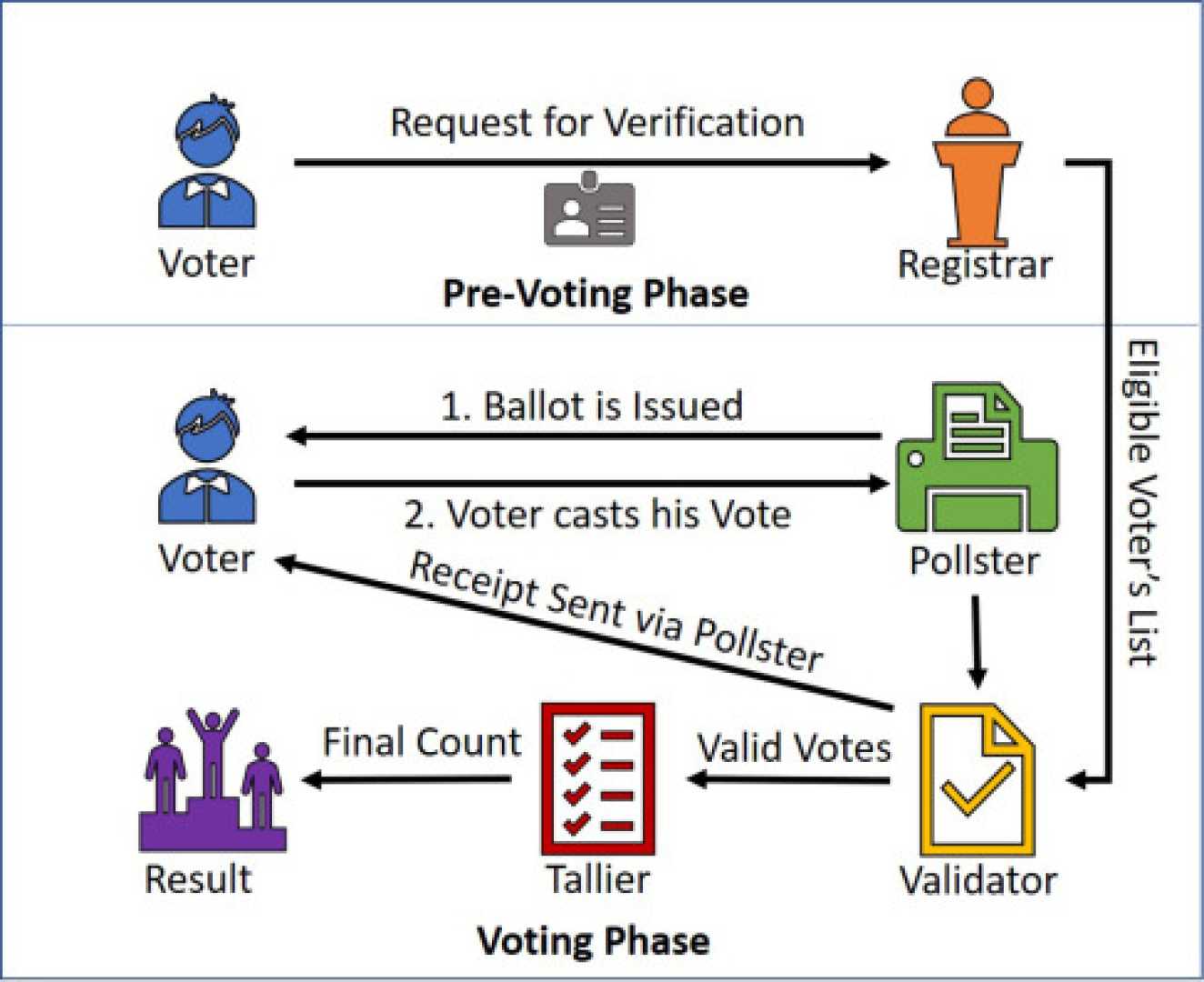News
How Election Results Are Called: A Detailed Look at the Vote Count Process

The process of calling election results involves a meticulous and thorough analysis of vote tallies and other election data. The Associated Press (AP) plays a crucial role in declaring winners for nearly 5,000 contested races across the United States, ranging from presidential elections to local offices.
The AP’s method of determining winners is based on provable facts, primarily from their vote count compiled from state and local election offices. On election night, the AP monitors incoming votes at the county level, analyzing who is in the lead and the sources of the votes. They also estimate the number of uncounted ballots and their potential impact, considering factors such as mail-in ballots and in-person votes.
The timing and type of votes counted can significantly influence the early results. For instance, states like North Carolina and Georgia, which close polls early and count votes rapidly, provide early insights. In these states, 70% of the vote can be made public within an hour of the polls closing. In contrast, states like Michigan, Pennsylvania, and Wisconsin may report results later, with Michigan being the quickest due to its ability to pre-process early votes.
The method of voting—whether by mail or in-person—also affects the outcome. Historically, Democratic voters have cast more mail ballots, while Republicans have voted more in person. This pattern helps analysts predict whether an early lead is likely to hold or change as more votes are counted. For example, if a state counts in-person votes first, an early Republican lead might narrow as mail ballots are tabulated later.
Demographic data and voting patterns from previous elections are also crucial. Large changes in voting patterns, such as shifts among specific demographic groups like Hispanic voters or white voters without college degrees, can indicate whether a candidate’s lead is expected or if the race is tight.
In states with high early voting numbers, like Nevada and Arizona, results may be delayed if margins are close, as mail ballots can be counted up to several days after Election Day.












